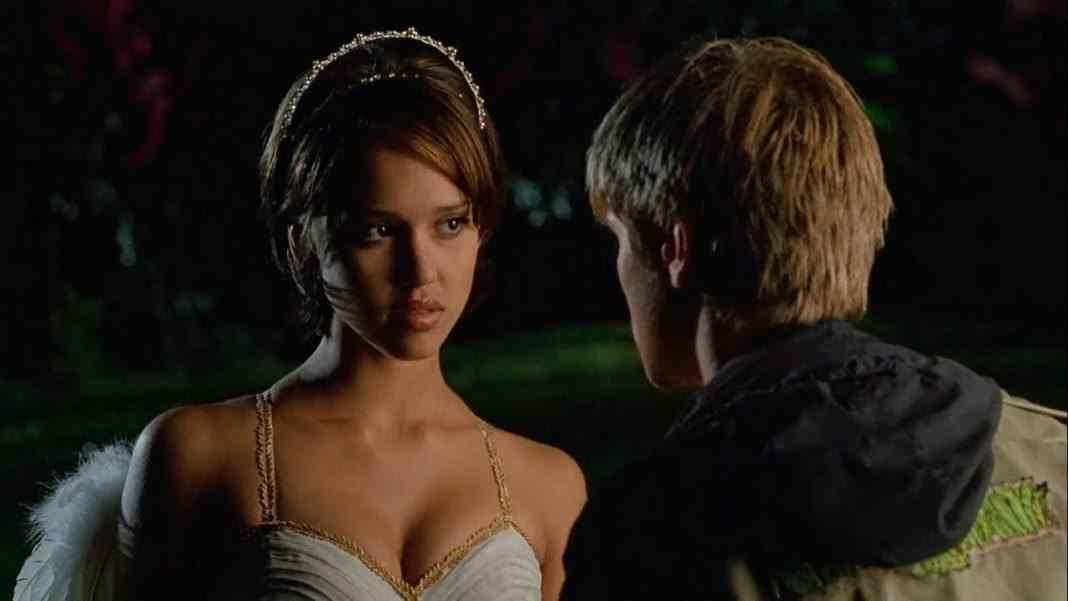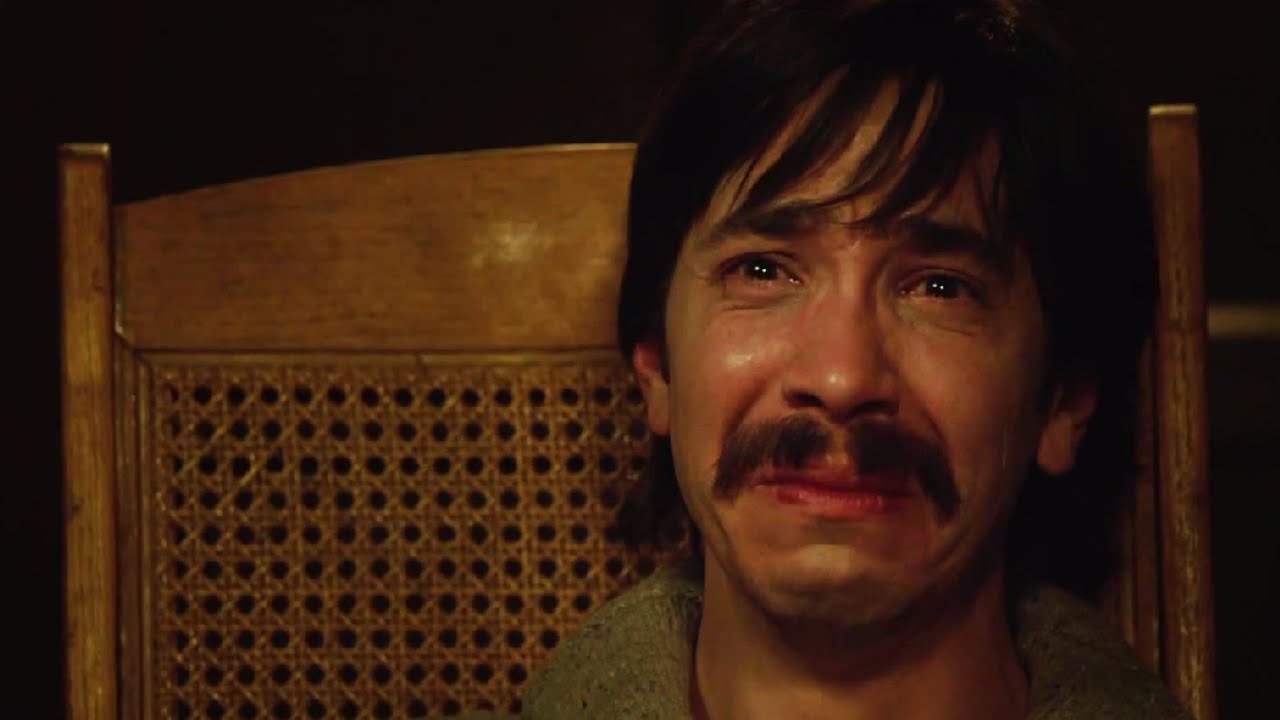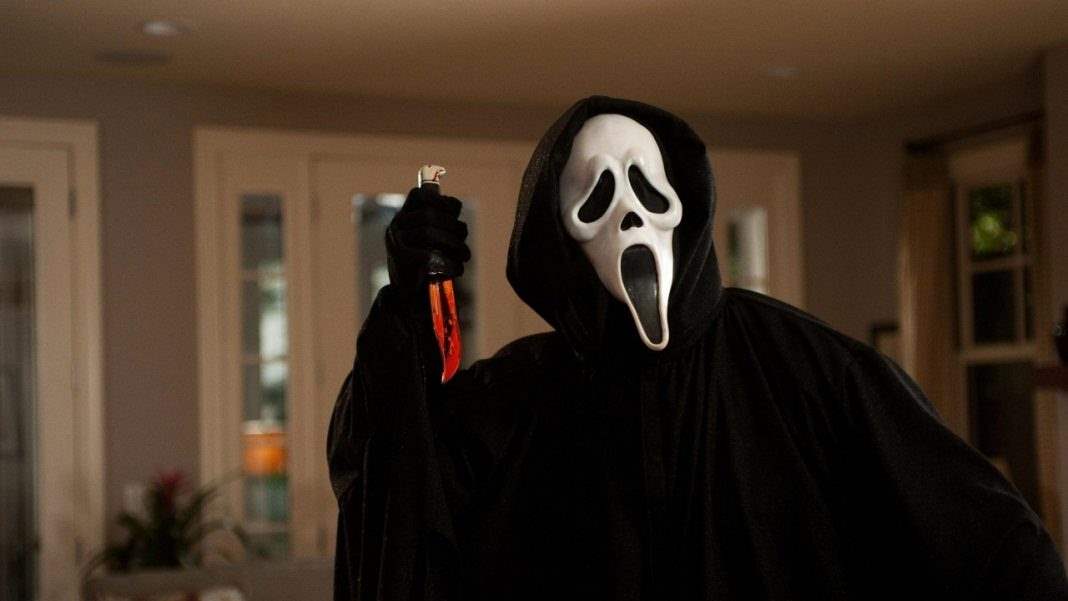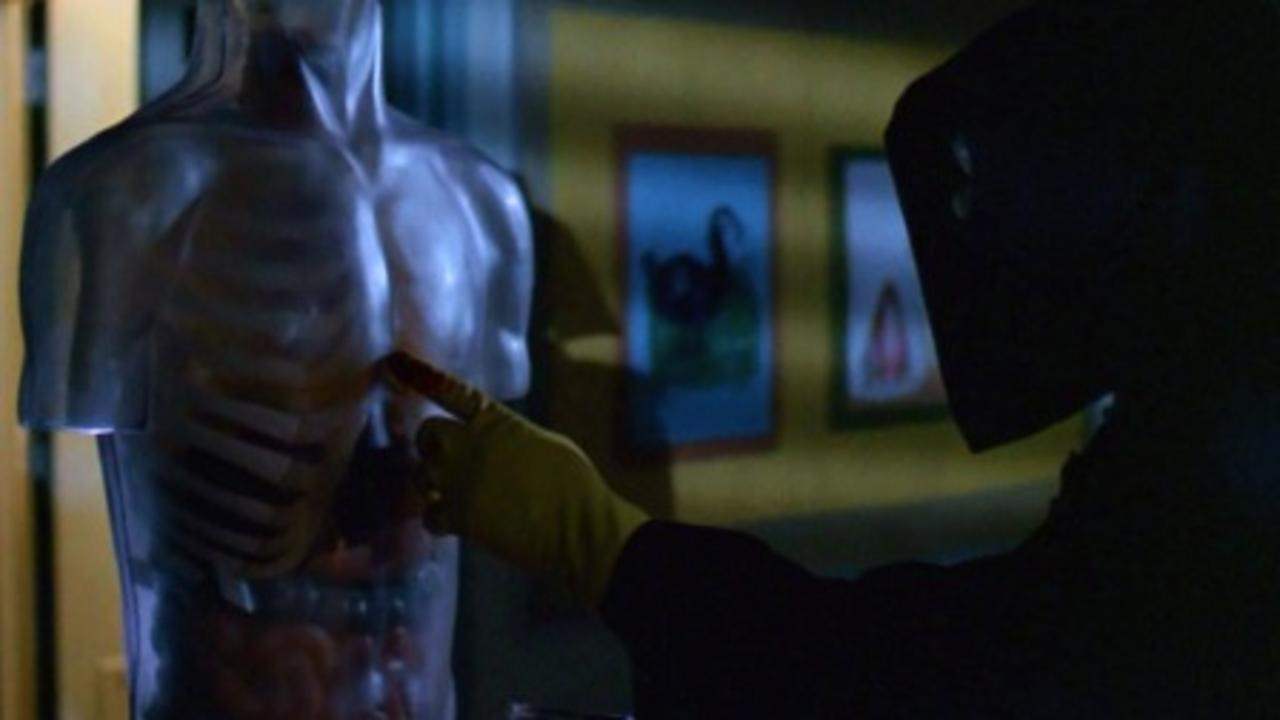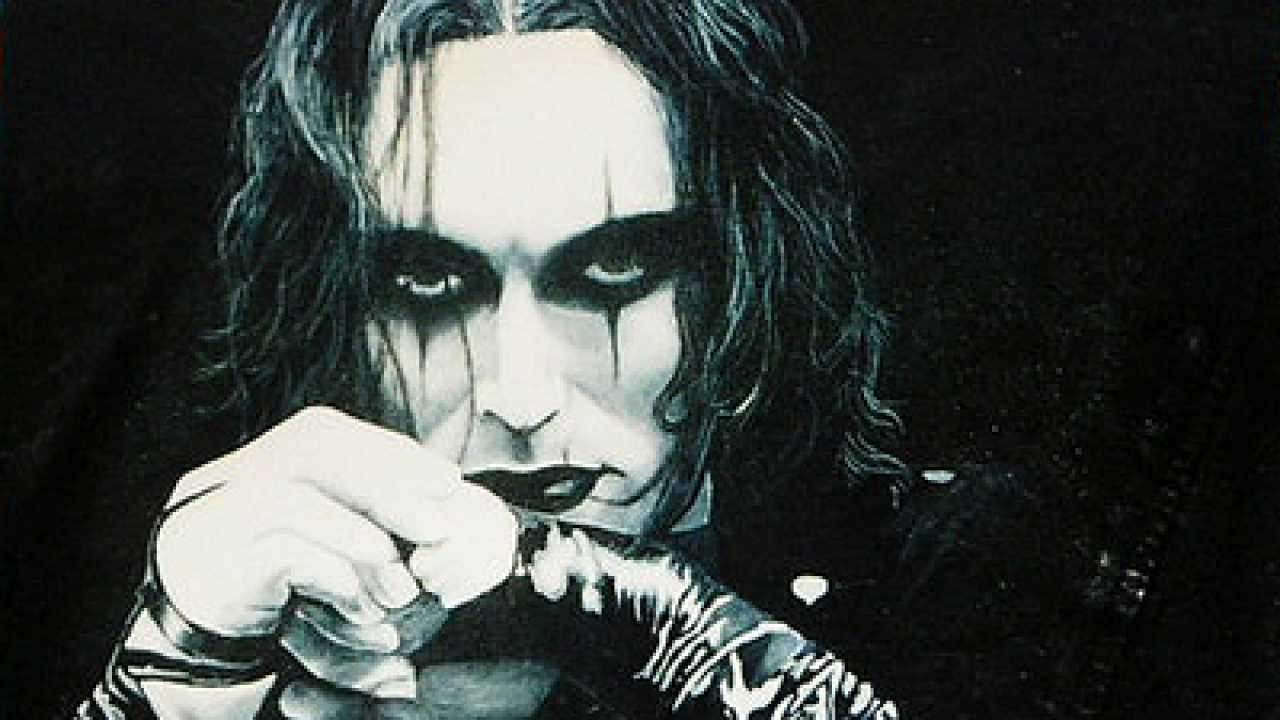Werewolf movies don’t get a lot of love. But they’re one of the classic monsters, that’s for sure. It’s not like the werewolf doesn’t exist in the public consciousness, yet it’s a rarity for lycanthropes to get their due on film. It’s strange. Every culture on Earth has had stories of shapeshifters. Werewolves specifically have been worked into the mythologies of regions all over the world. Their stories go back centuries. It’s almost the same scenario as vampires, except when all is said and done, vampires have a lot more noteworthy films to their credit.
There could be a lot of different reasons for this. Vampires have a much wider definition than werewolves, stories about them can be applied and reshaped in different and interesting ways. Horror of Dracula, Martin and Cronos are all incredibly different films. But they are all vampire movies. They take the simple concept and expand it in new and creative ways.
Werewolves don’t have as much room to do this. Even if the concept is inherently interesting. Even if it speaks to us on a primal level about admitting our own urges; whether it be through balancing them, repressing them or embracing them. Some of the best lycanthropic features have stretched the idea as far as it could go, but each of them are still clearly werewolf movies from the get-go. As different as they can be, most of the same tropes apply to almost all of them. So what was it that made the werewolf films that are truly exceptional work as well as they did? And why is whatever made them work so hard to recapture?
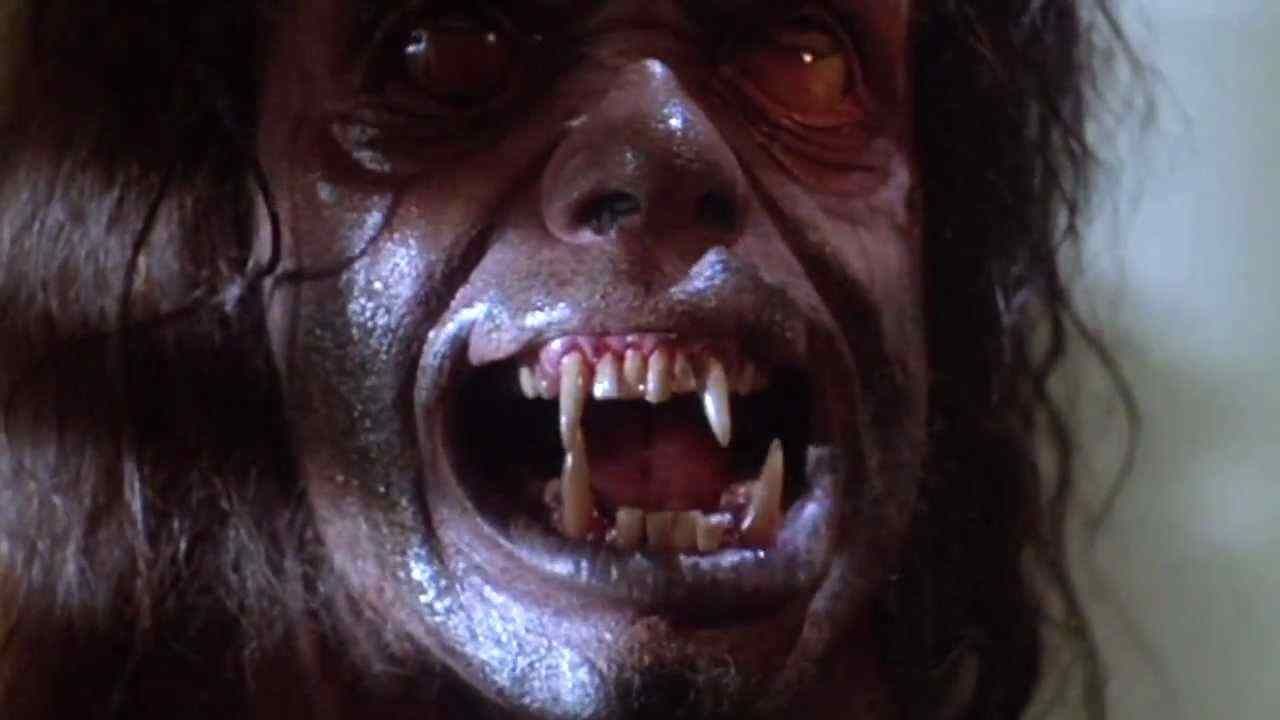 It comes down to a number of different factors, and one of the most important is money. Unlike vampires, unlike zombies, werewolf movies actually need some kind of budget in order to work. It’s much tougher to make them on the gritty, underground horror market. I’m not saying it’s impossible. Two of the best werewolf features of the past decade succeeded by doing exactly that. It’s possible. But it is much harder than making a low-budget zombie movie. Werewolves need FX in order to work.
It comes down to a number of different factors, and one of the most important is money. Unlike vampires, unlike zombies, werewolf movies actually need some kind of budget in order to work. It’s much tougher to make them on the gritty, underground horror market. I’m not saying it’s impossible. Two of the best werewolf features of the past decade succeeded by doing exactly that. It’s possible. But it is much harder than making a low-budget zombie movie. Werewolves need FX in order to work.
Werewolves have relied on special effects ever since the transformation scene in the original Wolf Man. It looks archaic now, it’s a simple use of time-lapse photography, but at the time people were stunned by it. And the look and design of this type of movie has only evolved more and more since then. 1981 truly broke new ground with An American Werewolf in London. That was not time-lapse. It was incredibly intense, grueling practical makeup and animatronics work that won Rick Baker the very first Academy Award for makeup FX. The legacy of werewolves on screen is intrinsically tied to the legacy of visual effects. The same year that American Werewolf was released, The Howling gave us the definitive, bipedal wolf template that has been used by virtually every film in the sub-genre since.
Horror can always be made cheaply and will always see some kind of profit. So werewolves have found themselves at a bit of a standstill. Trying to do a big budgeted werewolf film that is actually a horror movie is nearly impossible. It is what led to 2010’s remake of The Wolf Man, which was a mess. At first it was a horror film with mostly practical FX work, which is great. It was shot for the most part with that in mind. Then it was reshot with a mostly CGI werewolf so that audiences would not feel alienated. That makes it the second recent horror film that took the practical effects out to make room for CGI so that audiences would be more comfortable with what they were looking at. The other feature is 2011’s The Thing.
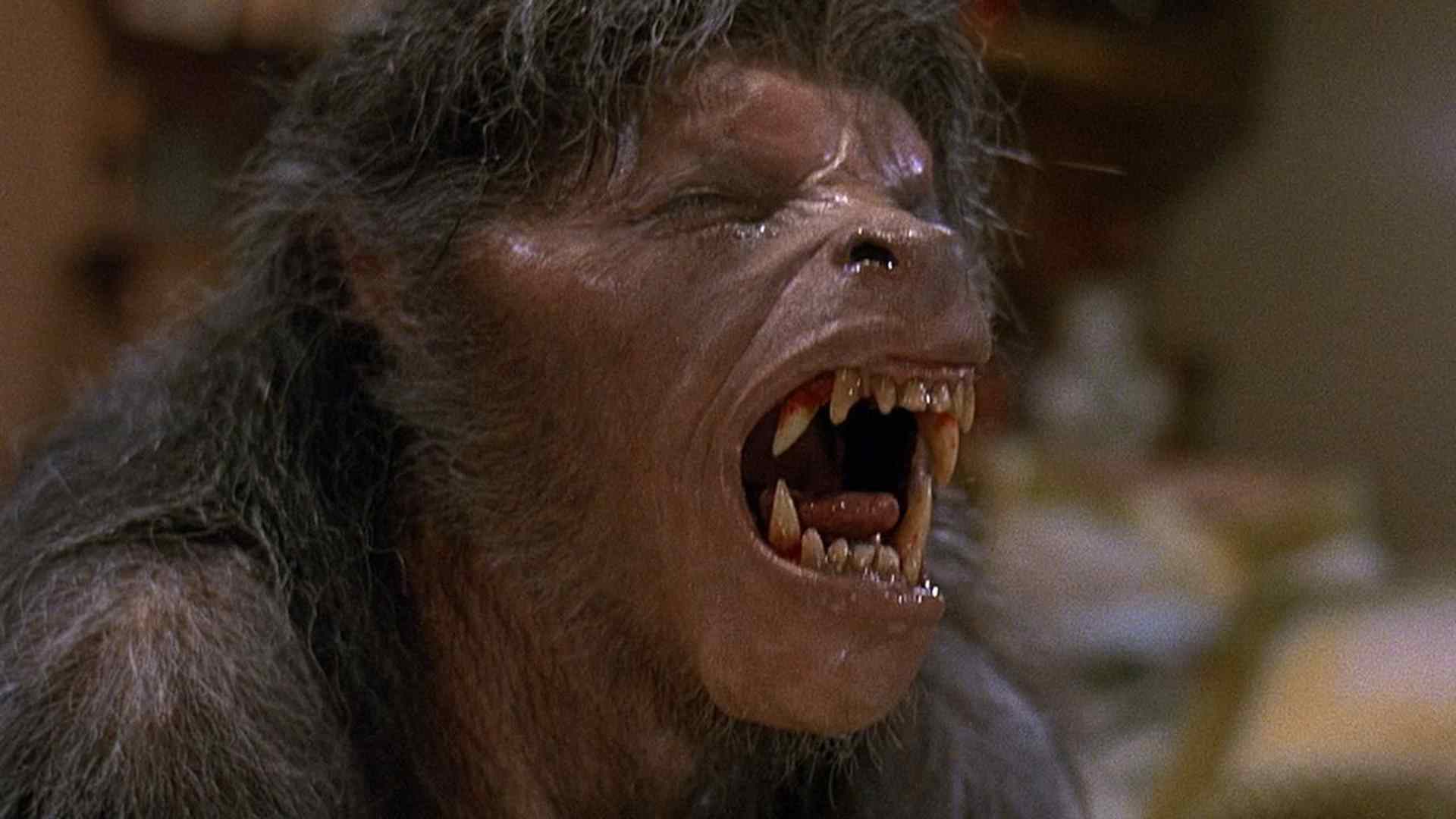 All of this has a larger impact on werewolf films because it’s hard to apply them to something outside the genre, not that this generally stops people from trying. People don’t want monster movies anymore. They want their horror romanticized. This is easier to do with vampires. Any attempt to do the same with werewolves is bordering on wildly inappropriate.
All of this has a larger impact on werewolf films because it’s hard to apply them to something outside the genre, not that this generally stops people from trying. People don’t want monster movies anymore. They want their horror romanticized. This is easier to do with vampires. Any attempt to do the same with werewolves is bordering on wildly inappropriate.
Movies like Ginger Snaps re-evaluated the werewolf genre in incredibly smart ways. This film used the werewolf as a metaphor for a teenage girl’s coming of age. It likened the transformation cycle to the menstrual cycle, and it really worked. Going in the opposite direction, Dog Soldiers used werewolves as a metaphor for aggressive alpha masculinity. It was about a group of soldiers trying to prove their manhood to each other on a routine training exercise that goes south when they start getting eaten.
These are the type of films we need more of if we want the werewolf genre to survive. These are smart, sophisticated pictures that are still incredibly entertaining on a surface level and don’t talk down to their audience. Late Phases and WolfCop are two great werewolf moves that were released recently, so they are out there. The issue is that we never see enough of them, at least not all at once. Given the nature of the genre as well as the movie business, this is something that may prove impossible to overcome.


